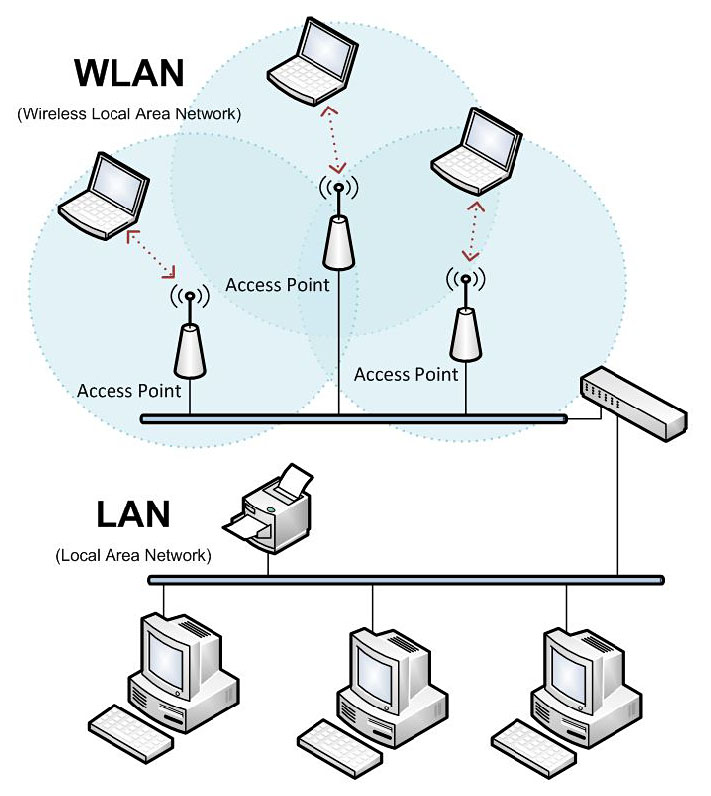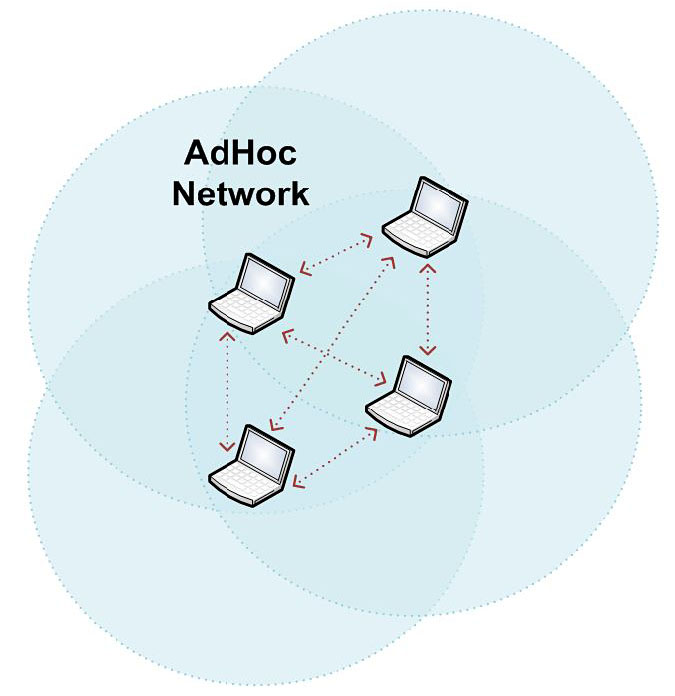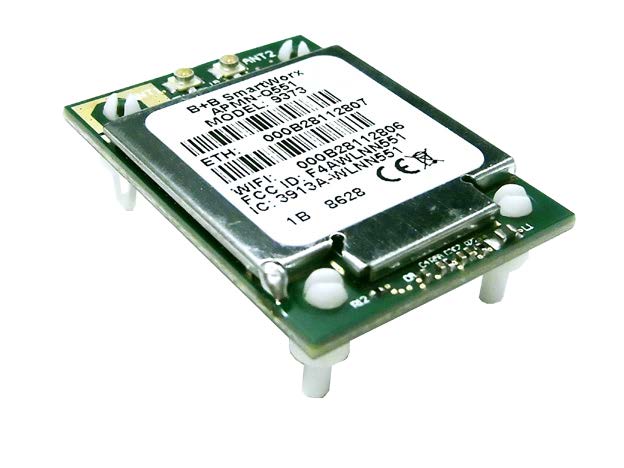Make Tablets and Smart Phones Smarter
2018/12/11
– Add Serial Capability for Remote Data
IN THE BEGINNING
You could argue that wireless data communications began in 1782, when Claude Chappe used semaphore towers to send messages between Paris, France and the city of Lille, 137 miles away. Called the ‘Telegraph,” Chappe’s system was the origin of the word used for electrical messaging systems developed in the following century. It didn’t work in bad weather, it didn’t work at night, there was no network security and the data rate between Paris and Lille was roughly one symbol per minute. But, it was the cutting edge of technology in its
Data communications have continued to improve ever since. And, just as happened with Chappe’s telegraph, it would seem that new technologies must automatically supplant their predecessors.
But, sometimes that’s impractical. There are still millions of perfectly serviceable serial devices in the world – from industrial automation systems to scientific instrumentation. And, new serial devices are still coming
INTRODUCTION
This article will review serial device server technology’s usefulness and drawbacks and demonstrate how to access serial data from locations that are either remote or restricted and, thus, out of range of a Wi-Fi network.
When the first serial device servers were introduced, they closed a connectivity gap between connected devices and remote networked PCs. The development of the serial-to-Ethernet device server in the late
But, as tablets and
HOW DOES IT WORK NOW?
Serial Device Servers (SDS) can be wired or wireless. The most popular types are network or TCP/IP device servers. In either case -- wired or wireless – the serial server translates the serial data into an Internet Protocol (IP) format that can be transmitted across a network.
Wired serial device servers use Ethernet cable to connect to the local area network (LAN).
Wireless device servers contain a Wi-Fi client similar to the one in your laptop and connect via Wi-Fi or 802.11. The most common standards are 802.11b/g and 802.11b/g/n. Wireless servers can connect to either an Infrastructure network or an AdHoc network.
When the serial device server network interface is connected to a LAN, it provides an IP address that all other network devices can use for sending and receiving information. This address is unique to the SDS. Since this address is the location for all interactions, a secondary reference is used to locate the information or resource required for the specific interaction. This is called a “port number.”
By using the combination of an IP address and port number, it is possible to uniquely locate any serial port on the network. It works like this: a serial device server has a physical serial port connected to port 8023 on the network interface. The network interface connects to the network and gets an IP address of 192.168.2.100. After combining the two pieces of information the full address of the serial port would be 192.168.2.100:8023. Any network connected device capable of accessing that address can receive data from – or send data to – the serial port. See Figure1.

Figure 1. Networking Serial Devices
SO, WHAT’S THE PROBLEM?
Current network serial device servers are designed to be used with an existing network infrastructure. If you have a manufacturing facility, warehouse or office, chances are you already have a network installed – wired, wireless or both. Connecting to these networks has become much easier with the latest versions of SDS technology. See Figure 2.

Figure 2. WLAN/LAN Network
WLAN
A wireless network uses Access Points to connect a variety of computers and equipment, allowing them to share resources and information. Referred to as Wireless Local Area Networks (WLAN), they use the Internet Protocol (IP) suite for data communication between computers, networks
But, what happens when you want to talk to a device that is not covered by an existing wireless network? A large portion of the desired serial data may come from remote locations that are out of the coverage range of the corporate Wi-Fi network or in an area where access to the available network is restricted because of IT policy and security rules. How can users access the data from these devices?
AdHoc
Historically, another wireless network type called AdHoc has been used where no available infrastructure network exists. AdHoc is a peer-to-peer based network that does not use a central resource (access point) to manage the network connection and structure. AdHoc networks can be established when just two clients are within range of each other, with each group of devices being referred to as a “cell.” They use the Internet Protocol suite for data communication between the devices in the AdHoc network. See Figure 3.

Figure 3. AdHoc Network
However, AdHoc has certain issues:
- Static IP Addresses are needed. A service called DHCP (Dynamic Host Configuration Protocol
), often used on large networks to provide IP addresses to the devices connected to the network, is not usually available on an AdHoc network. This has several drawbacks: - It requires manual assignment and distribution of unique addresses to devices.
- It creates a static subnet for the network and for all devices on the AdHoc network. This restricts interaction between different networks.
- It requires manual configuration of IT (laptop) equipment when connecting to the AdHoc network. Personnel
are required to enter a static IP address. - AdHoc networks are not self-healing. Even if you have multiple AdHoc networks in the same geographical location and they are using the same network name, devices in one network cannot talk to devices in the other network. Therefore, this can limit or prevent access to serial data.
WHAT ABOUT EMBEDDED HOTSPOTS?
There is technology that supports embedded access point functionality – without changing SDS functionality. For example, B+B SmartWorx SDS technology features an embedded access point device (see Figure 4) that creates a small, self-sustaining Wi-Fi network around remote equipment that is not all that different from the hotspot in a coffee shop.
As your technician comes into range of the network, his
Benefits of Embedded Access Points:
- Tablets and
smart phones are able to access serial data in addition to existing network devices like laptops. - Network devices do not need reconfiguring to use static IP addresses.
- A self-maintaining network will not lose devices or compromise their access.
- Users can simultaneously add and access wireless and wired devices on the embedded hotspot.
- There is no change to the existing use paradigm of networked serial device servers.

Figure 4. Embedded Wi-Fi Access Point
Serial ports have been around for a long time, and they represent an earlier generation in communications engineering. But, that does not mean that
